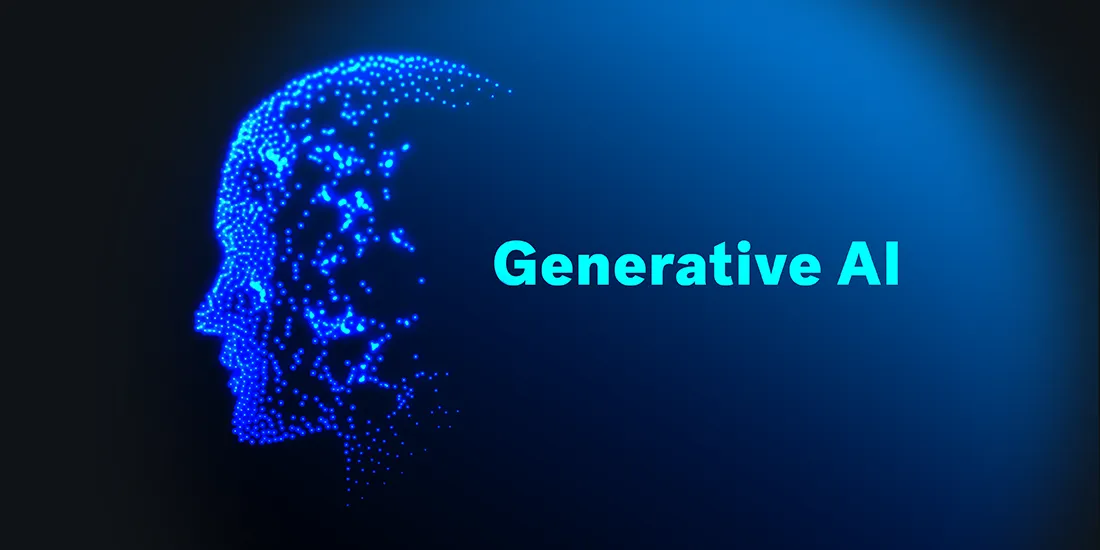Generative AI represents a transformative leap in artificial intelligence, offering unprecedented capabilities in creating content, designing solutions, and enhancing human creativity. This technology has rapidly evolved, pushing boundaries in various fields including art, business, and scientific research. Here’s an in-depth look at what generative AI is, how it works, its applications, and the potential ethical considerations it brings.
Understanding Generative AI
Generative AI refers to a subset of artificial intelligence that can create new content based on the data it has been trained on. Unlike traditional AI models that might classify data or make predictions, generative models learn patterns and structures from existing data and use this understanding to generate new, original outputs. This could be text, images, music, or even complex data structures.
At the core of generative AI are neural networks, particularly deep learning models known as Generative Adversarial Networks (GANs) and Variational Autoencoders (VAEs). GANs consist of two networks—the generator and the discriminator—that work in tandem. The generator creates new data instances, while the discriminator evaluates them against real data, iteratively improving the generator’s output. VAEs, on the other hand, encode data into a compressed format and then decode it, enabling the creation of new data similar to the original input.
Applications Across Industries
Generative AI’s potential is vast and varied. In the creative arts, it has been used to produce original music compositions, generate artworks, and even assist in writing novels and scripts. For instance, AI tools like OpenAI’s GPT-3 have demonstrated an impressive ability to generate human-like text, which can be harnessed for everything from crafting engaging blog posts to developing sophisticated marketing copy.
In the field of design, generative AI is revolutionizing how products and solutions are conceptualized. Designers use AI to explore a broader range of design possibilities, quickly iterating through various styles and configurations. This approach has already shown promise in creating innovative architectural designs, fashion items, and even new culinary recipes.
Moreover, in scientific research and healthcare, generative AI aids in the discovery of new materials and drugs. By simulating and generating molecular structures, AI can accelerate the drug discovery process and uncover new compounds with potential therapeutic benefits. Similarly, in genomics, generative models help in understanding genetic variations and predicting disease outcomes.
Ethical Considerations
As with any powerful technology, generative AI comes with its set of ethical challenges. One major concern is the potential for misuse in creating deepfakes—manipulated images or videos that can deceive viewers into believing false information. This can have serious implications for privacy, security, and the integrity of information.
Another issue is the impact on intellectual property. As AI generates content based on existing works, it raises questions about the ownership and originality of the generated content. This dilemma is especially pertinent in creative fields where copyright and originality are crucial.
Additionally, there are concerns about the biases embedded in generative AI systems. Since these models learn from data that may reflect societal biases, they can inadvertently perpetuate stereotypes or produce biased outputs. Ensuring that AI systems are trained on diverse and representative datasets is essential to mitigating these risks.
The Future of Generative AI
Looking ahead, generative AI is poised to continue its transformative impact. Advances in model architectures and training techniques are likely to enhance the quality and versatility of generated outputs. Moreover, as generative AI becomes more accessible, it will likely democratize creativity, allowing individuals and small businesses to harness its power for innovation and problem-solving.
However, balancing innovation with ethical considerations will be crucial. Establishing robust frameworks for responsible use, addressing biases, and ensuring transparency in how generative AI systems operate will be key to fostering a positive and inclusive technological landscape.
Conclusion
Generative AI is indeed a powerful tool with the potential to revolutionize various aspects of our lives. As we navigate its evolving landscape, it is essential to harness its capabilities while remaining vigilant about the ethical implications, ensuring that this technology serves to enhance human creativity and innovation in a responsible manner.





